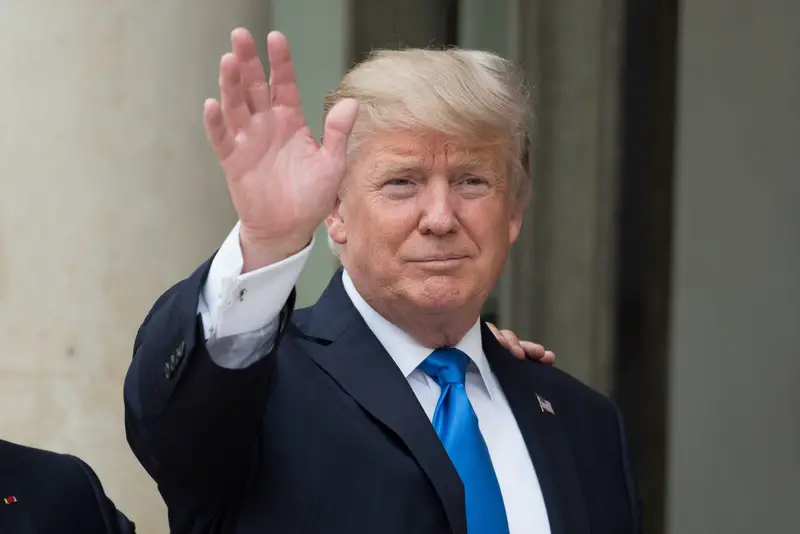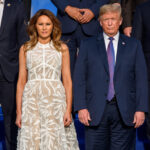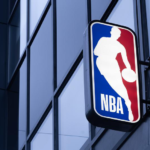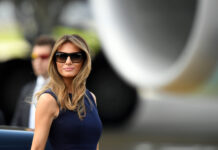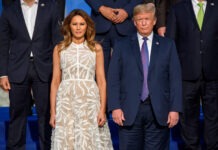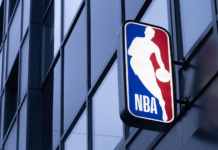Following the attempted assassination of former President Donald Trump at a campaign rally in Butler, Pennsylvania on June 14, 2024, the internet was flooded with a variety of speculative claims. This incident, a product of the polarized political environment in the United States, exemplifies how social media serves as a primary source of both information and misinformation.
Social media mentions of Trump rose to 17 times the usual daily count in the hours after the shooting, as per cyber firm PeakMetrics. While many posts shared sympathy and calls for unity, numerous others propagated baseless and outlandish claims.
In the immediate aftermath, a variety of unfounded claims emerged, with some blaming Trump himself or even President Joe Biden for the attack. Some left-leaning perspectives suggested a false flag operation by Trump and his campaign, while Trump supporters insinuated that the Secret Service deliberately neglected to protect Trump under directives from the White House.
Senior intelligence analyst at PeakMetrics, Paul Bartel, noted extensive speculation and unverified claims about the incident. He observed that, without evidence, various groups were being accused, including the Chinese, Antifa, the Biden administration, and even the RNC. Bartel underscored that people were resorting to online platforms to find answers and formulate theories in the absence of solid information.
The video of the incident swiftly went viral on the platform, quickly amassing millions of views. Almost instantly, “staged” became the second most trending topic after “Trump,” with over 228,000 posts using the term. Within an hour, multiple posts on X alleging that the apparent shooting was staged were viewed millions of times. However, there is no evidence supporting the claims that the shooting was staged. Trump was visibly injured, one spectator was killed, and another was injured.
The Secret Service responded to the circulating claims on social media on Sunday. Agency spokesman Anthony Guglielmi wrote on X, “There’s an untrue assertion that a member of the former President’s team requested additional security resources & that those were rebuffed. This is absolutely false. In fact, we added protective resources & technology & capabilities as part of the increased campaign travel tempo”.
Videos of the shooting were promptly analyzed in partisan echo chambers, with both Trump supporters and detractors searching for evidence to support their beliefs. Some suggested that Secret Service agents moving audience members away from Trump before the shooting indicated an inside job. On the other hand, images of Trump’s raised fist were used to argue that the event was staged.
Social media bots significantly contributed to amplifying these false claims. Additionally, an artificial intelligence-created image depicting a smiling Trump moments after the shooting circulated widely.
Users on X, Telegram, and various niche online platforms falsely claimed that the misidentification originated from the Butler Police Department. They shared a photo of a man wearing sunglasses and a black hat, alleging it was a screenshot from a YouTube video posted before the attack, where the man supposedly declared “justice was coming.” All of these claims were false.
Conspiracy theories swiftly proliferated online, inaccurately identifying the suspected shooter and blaming others without evidence. Some of these theories included antisemitic hate speech.
Prior to authorities identifying the suspect, photos of two different people were widely circulated online, falsely identifying them as the shooter. Amid all the speculation and conjecture, others sought to exploit the event financially. On X, an account named Proud Patriots encouraged Trump supporters to buy assassination-attempt-themed merchandise. “First they jail him, now they try to end him,” read the ad for a commemorative Trump Assassination Attempt Trading Card. “Stand Strong & Show Your Support!”
Following the incident, longtime conspiracy theorist Alex Jones broadcasted live to an audience of hundreds of thousands on X. In a series of posts viewed millions of times on Saturday, Jones blamed “the deep state.”
In a similar vein, X accounts with hundreds of thousands of followers, known for spreading QAnon conspiracy theories, attracted millions of views by naming high-profile Democrats and Republicans they alleged were “possibly colluding” with the CIA to orchestrate the incident. There is no evidence to substantiate any part of this claim.
After the shooting, some Republicans blamed Biden, suggesting that sustained criticisms of Trump have created a toxic environment. They pointed to a comment Biden made to donors on July 8, saying “It’s time to put Trump in the bullseye.”
Trump’s incendiary words have previously been criticized for inciting violence. His claims about the 2020 election and his call for supporters to “fight like hell” preceded the January 6, 2021 attack on the Capitol, leading to his second impeachment on charges of incitement of insurrection. Trump also mocked the hammer attack that left Paul Pelosi, husband of the former House speaker, with a fractured skull.
Surveys show that Americans largely reject violence as a means of resolving political differences. However, heated rhetoric from candidates and social media can inspire a small minority to act.
The fallout from the assassination attempt on former President Donald Trump underscores the intricate and volatile nature of political discourse in the United States. As misinformation continues to permeate, the necessity for critical analysis and validation of information becomes increasingly paramount.

